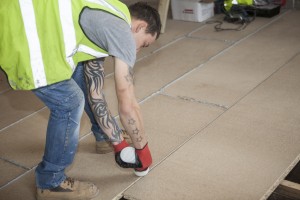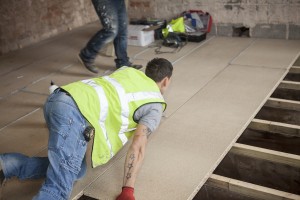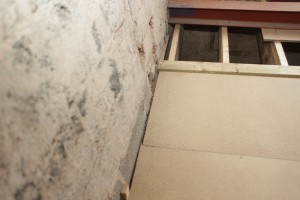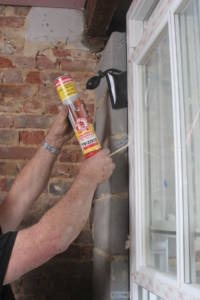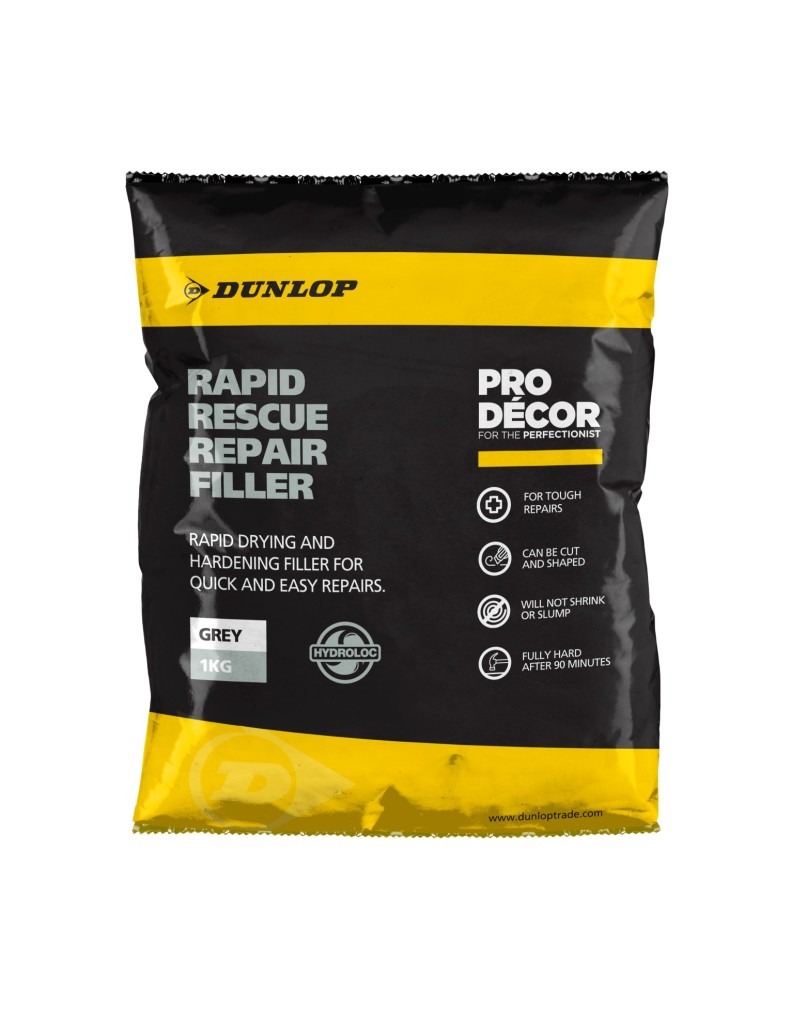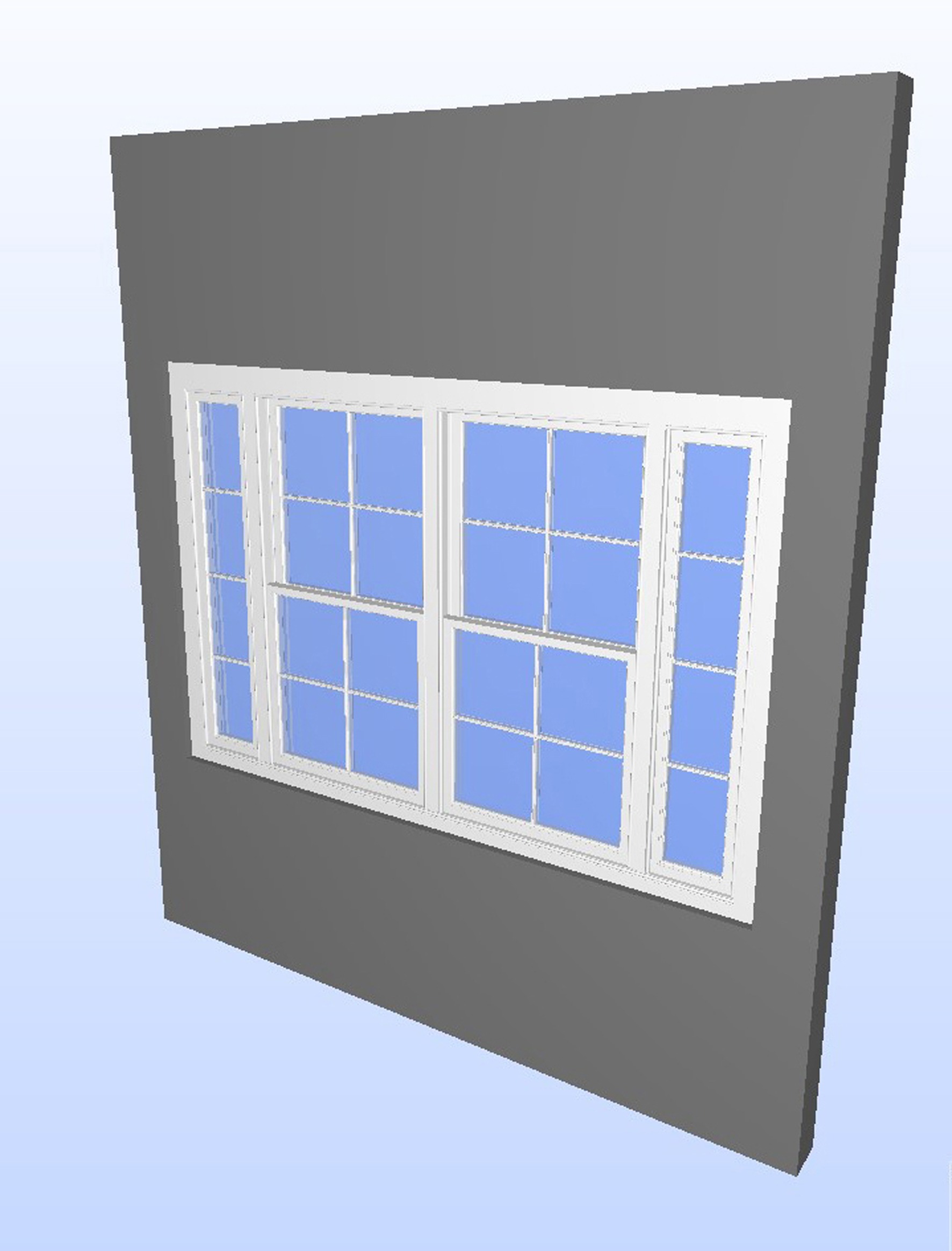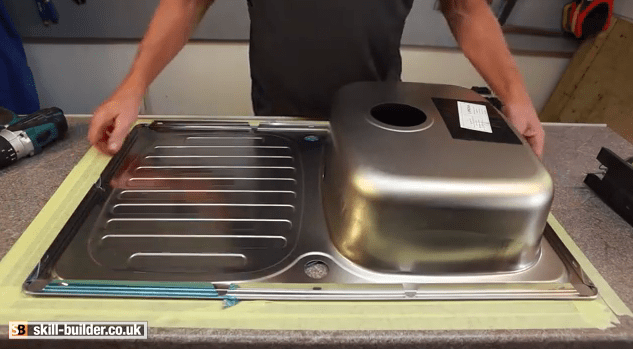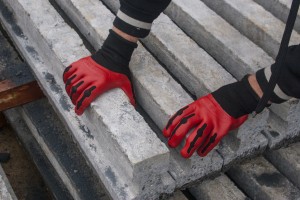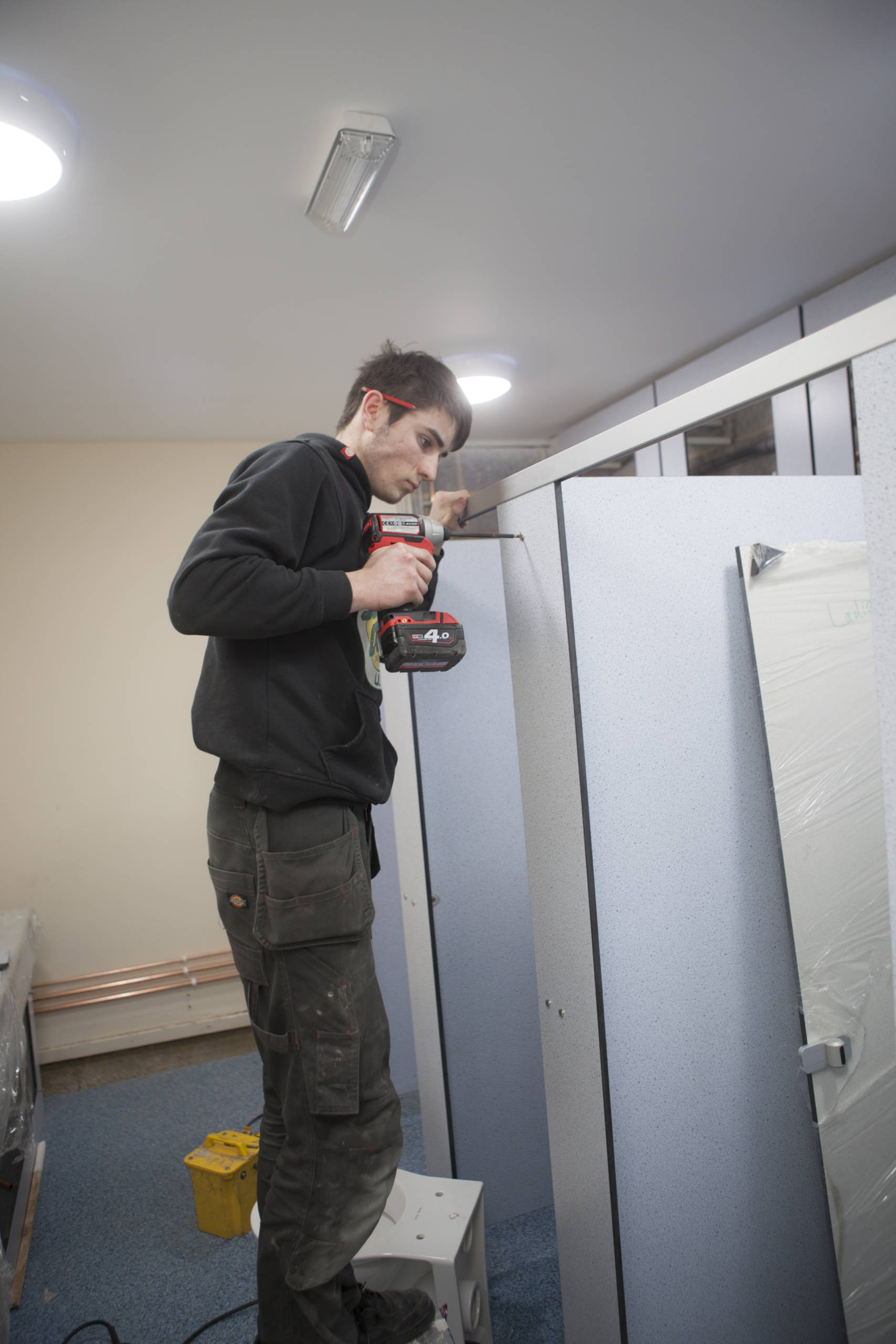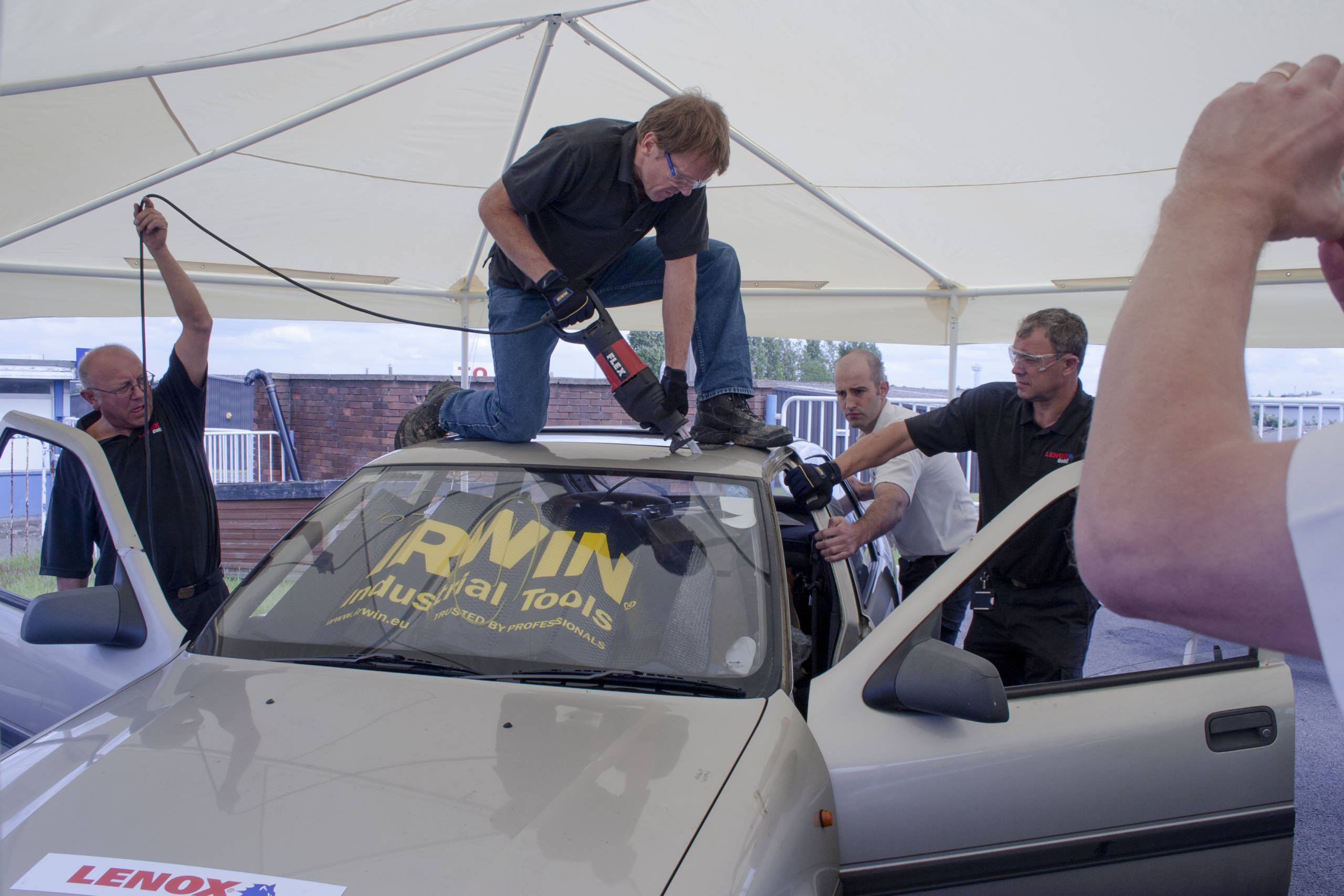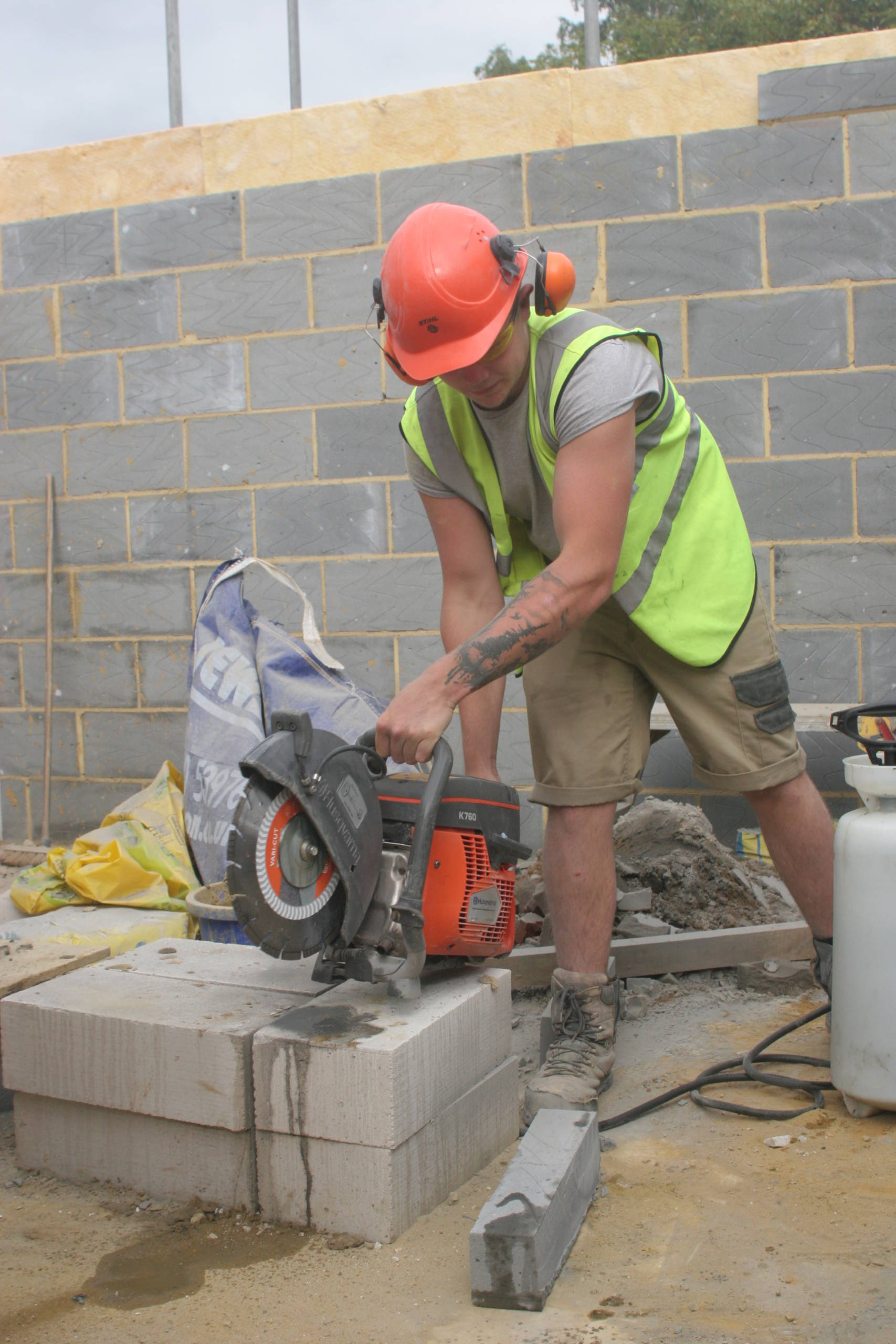Roger Bisby looks at two 18 volt power tools from Milwaukee.
Judging by the number of new power tools launched by Milwaukee this year they are on a mission to become the leading power tool manufacturer in the U.K and, as if that wasn’t enough, they are also introducing some high-quality hand tools into their range.
Inevitably, with so much choice we have to do a bit of cherry-picking and bring you reviews on the tools we think are likely to be the most popular.
The first tool we are featuring this month is the 18 volt brushless combi drill M18 BL PD-0. It is a compact lightweight general-purpose percussion drill with a 2-speed gearbox and a 13mm chuck.
The 50Nm of torque is not going to handle large hole saws and auger bits but it has enough guts to drill up to 38mm in wood and on the percussion setting 16mm in masonry which is very respectable.
Certainly, you would not be looking for anything bigger to hang radiators and a boiler. The compact dimensions, just 187mm front to back, gets you in between 400-centred joist with no difficulty.
A plumber or electrician would be able to run pipes or cables through joists with plenty of room to spare so he/she may never need to buy a cordless angle drill.
That is a shame because Milwaukee has a very nice one in its range, but more of that another time.
The other tool we are looking at in this review is the 18-volt brushless impact driver, again using the same drive technology. With 170nm of torque, it is no match for larger 18volt impact drivers which top the 100Nms but it is lightweight at 1.4 kg and compact at 137mm front to back.
Again this makes it perfect for the plumber or electrician working in confined spaces. With any impact driver you must use impact driver bits and Milwaukee has a nice range of driver bits but has also branched out with impact driver hole saws for drilling through metal.
They will happily handle stainless steel but don’t expect to get more than 4 or 5 holes out of them on really tough metal.
Both tools can be run off the 4Ah or the new 5Ah Red Lithium Ion batteries. We will be carrying out some runtime tests on the 5Ah battery in the next issue but from our past experience of running the 4Ah to exhaustion (800 screws) we expect to be working late into the day. The run time on these batteries is nothing short of phenomenal.
Roger’s verdict
If you are looking for a drill to use day in day out then this is it. Couple that with the impact driver and you are in tool heaven.
You may still need something heavier from time to time and I would suggest their 18-volt SDS hammer drill, that way you can run everything of the 18-volt platform.
Check out the Milwaukee range of power tools at uk.milwaukeetool.eu





